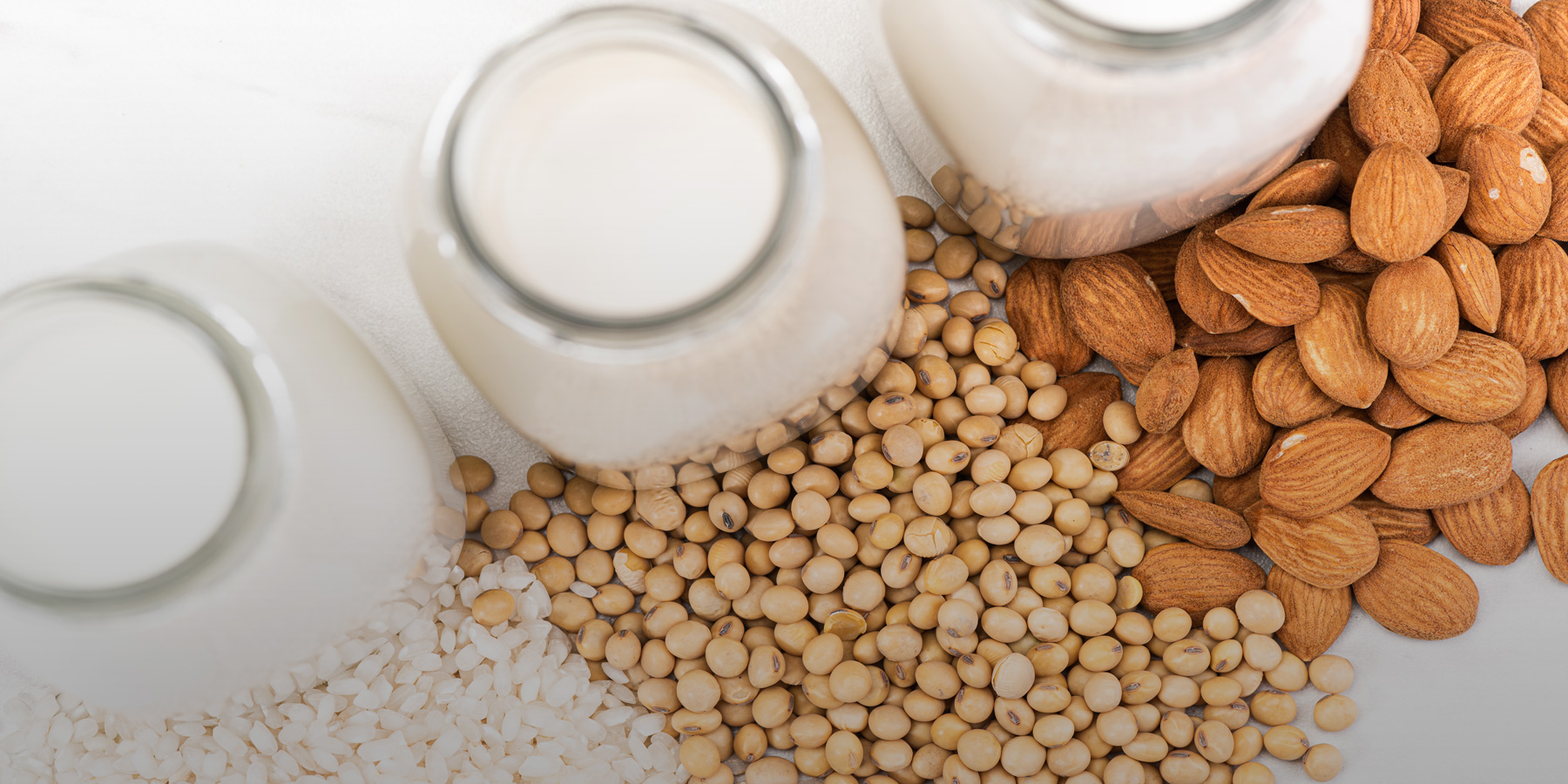
Dawn of a New Dairy
The Chico State Autism Clinic utilizes adapted physical education to prep children for physical activity in a variety of settings.
Contrary to popular belief, California—not Wisconsin—is the largest dairy producer in the country. In 2019, it was the state’s number one commodity, earning $7.34 billion. But the industry is experiencing a set of challenges. All you have to do is walk down the milk aisle to view the competition: soy milk, almond milk, cashew milk, oat milk.
“Demand for plant-based [milk] solutions is growing year over year at over 20 percent, but since COVID-19, that number has more than doubled,” Geistlinger says.
While dairy milk consumption is declining, dairy consumption per capita is increasing. “It's very interesting because instead of drinking it, we’ve started eating it, especially cheese and butter,” says Serhat Asci, Ph.D., assistant professor in the Department of Agricultural Business at
California State University, Fresno. (Americans eat an average of 33 pounds of cheese annually, close to three times the average in 1970.)

Serhat Asci, Ph.D., assistant professor in the Department of Agricultural Business at Fresno State
The rise in demand for nut-based milk brings about its own impact on the environment. The Central Valley is witnessing large-scale expansion of almond orchards, which is pushing out traditional crops, such as grapes, cotton and other fruits and vegetables.
“Almonds are more lucrative and also require a lot less labor than many fruits and vegetables,” says Srini Konduru, Ph.D., chair of the Department of Agricultural Business at Fresno State. “Many of the operations in almond farming are mechanized, but they also require year-round watering, creating an enormous demand for water in the Central Valley.”
So where do we go from here? Factors such as global population growth, an increase in health awareness and the toll our food sources take on the environment are demanding solutions. Geistlinger, now the chief technology officer at
Perfect Day, and his food technology team are rising to the challenge.

Tim Geistlinger, Ph.D., chief scientific officer at Perfect Day and a Cal Poly San Luis Obispo alumnus
“We are creating a new, stable, renewable protein supply chain using plant sugars—corn, beets, sugarcane, starch from rice, potatoes, peas—to make proteins that can be used in all the same ways we use dairy to make cheese, ice cream, yogurt, cheesecake, creamers, energy/protein drinks, as well as products beyond dairy such as anything that is made using dairy and egg proteins as an ingredient,” he explains.
Compared to animal-based products, Perfect Day’s process claims to use 90 percent less water and land, produce 90 percent less greenhouse gas emissions, 90 percent less waste (almost all of the water is recycled)—and it all comes from plants, which are using the sun and consuming CO2.
These are just some of the aspects to consider in the dairy industry, a fast-paced and forever changing field. It would be a daunting venture if California’s future agriculture leaders weren’t being trained by the CSU.
“We always keep our students current with the demands of the industry,” Dr. Konduru says. “We make sure that our students obtain a knowledge of the agricultural and food markets through rigorous training in economic principles and agribusiness concepts. We also encourage them to participate in short-term study abroad programs, as demand for the U.S. agricultural and food products is huge from many international markets. Ultimately, in order to be successful in the business world, you have to understand consumer behavior. As our students do attain these insights, most find employment in their final year or as soon as they graduate.”
See how else CSU faculty and students are at the forefront of
agricultural innovations.
Story: Michelle McCarthy
photoGRAPHY: PATRICK RECORD
Share this story